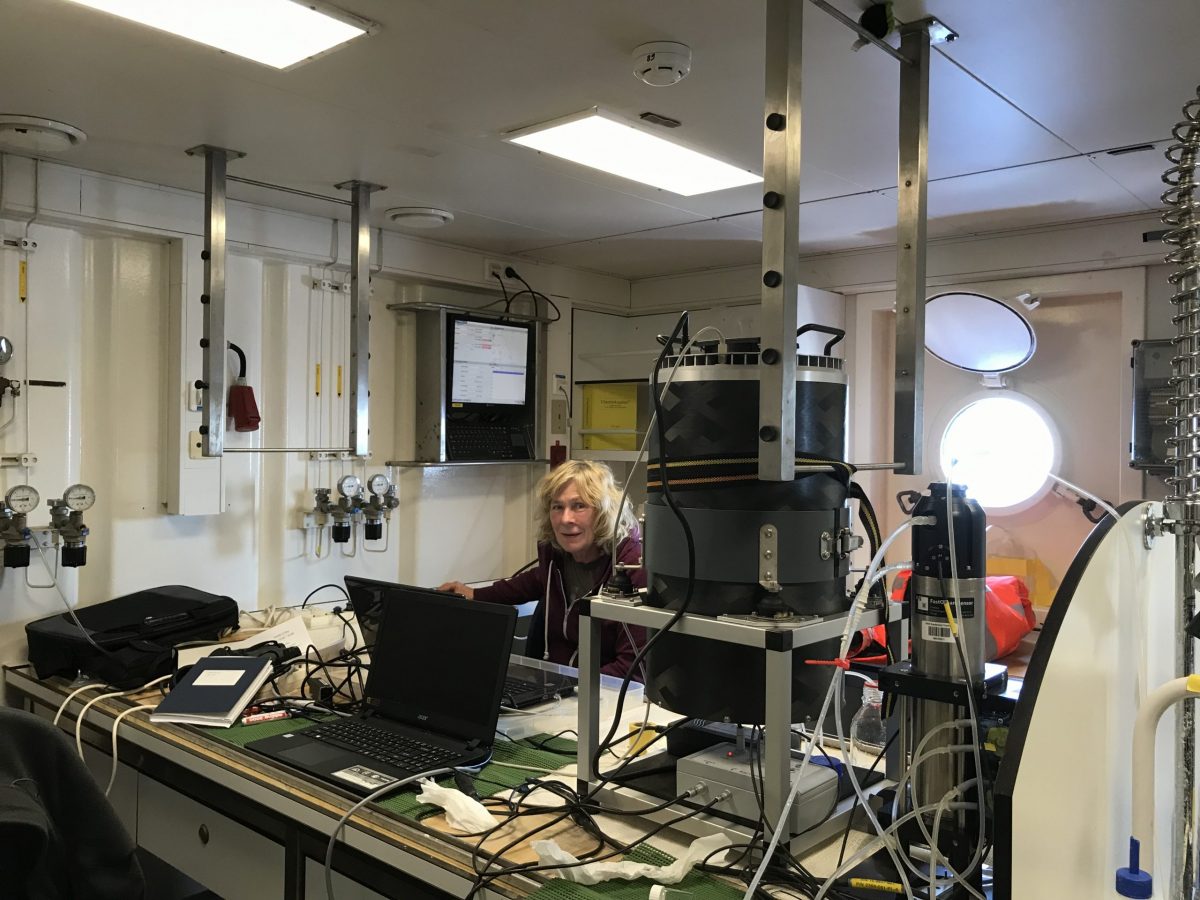Today, to celebrate the International Day of Women and Girls in Science, we will be featuring three women Principal Investigators for projects supported by JERICO-S3 TA. These women leaders share their experiences in what led them on their career paths and a brief description of the ambitious projects they are leading. Their stories highlight the possibilities and opportunities available for girls and early-stage researchers who are embarking on their careers. We are proud to facilitate these outstanding role models for women in STEM who play an important role in marine research and innovation. We welcome and invite more women users to apply for the third JERICO-S3 TA call opening this March.
Machteld Rijkeboer (Rijkswaterstaat, Netherlands) leads the all-women user group project APHYMOSO. The project will be hosted by NIVA in Norway using the Ferryboxes and research station.

I have studied biology at the University of Amsterdam, The Netherlands. A common thread in my career has been using and (co-)developing novel techniques to study phytoplankton and other particles in the aquatic environment. Started with lake water in big enclosures in the laboratory for studying the effect of light and nutrients on the seston dynamics. Followed by 6 years in remote sensing studies and in the development of close sensing techniques.
Since 2008, I am involved in the implementation of flow cytometry (FCM) in the monitoring strategy of Rijkswaterstaat (Ministry of Infrastructure and Water Management). Flow cytometry is a single cell measurement technique based on the particle’s optical properties, light scattering and fluorescence after laser illumination. Our first aim was to develop an “early” warning system for discharges based on changes in the phytoplankton community measured by flow cytometry in one of our main rivers entering the Netherlands, River Meuse. A second step is aimed at developing innovative and high-frequency monitoring of phytoplankton communities. During those years I got involved in the European projects DYMAPHY, Jerico-Next and now Jerico-S3. In 2016 we broaden our focus from monitoring only the community of microorganisms to measuring also their productivity with the novel FRRf (Fast Repetition Rate fluorometry) technique. For implementation and further development of FRRf technique, my colleague Hedy Aardema started this at Rijkswaterstaat. In 2020 she is succeeded by Nicole Dijkman. We are trying to fully automatize both the “online measurements” with the FCM and the FRRF as well as the automated analysing of the data. The data are near real-time visible at a website. This has been realized using our measurement platform in the River Meuse, in a buoy in Lake Markermeer and during Scientific cruises.
Our most recent project is the Jerico-3S TA project APHYMOSO. Here we will focus on the performance and robustness of both instruments in a fully unattended, non-scientific environment of a Ferryboat, the MS. Fantasy, together with NIVA. In this project, we will do some ultimate tests regarding the robustness of the sensors and the fully automated way of measuring, the raw data transport to the shore and the fully automated data analyses. This project may be regarded as one of the final tests for the implementation of these sensors for monitoring in using ships of opportunities or at unattended platforms in the NorthSea.
In this way, we expect to achieve high-frequency information on phytoplankton dynamics and the ecological carrying capacity of the NorthSea area needed for MSFD and other stakeholders. Integrated with other platforms of measures and information this will be developed into a new monitoring strategy.
